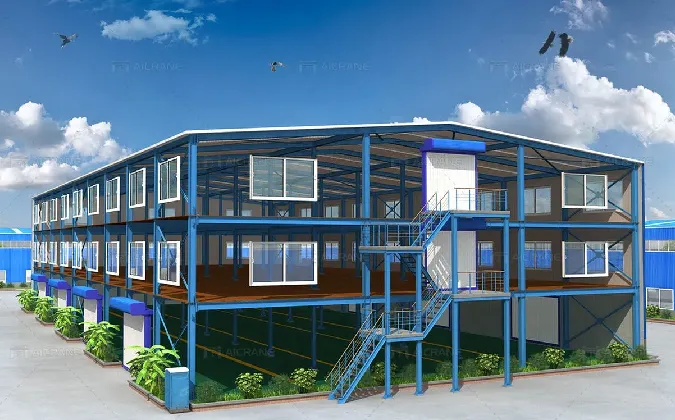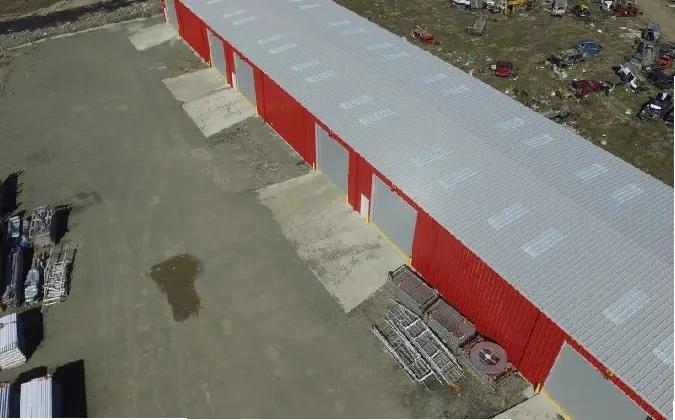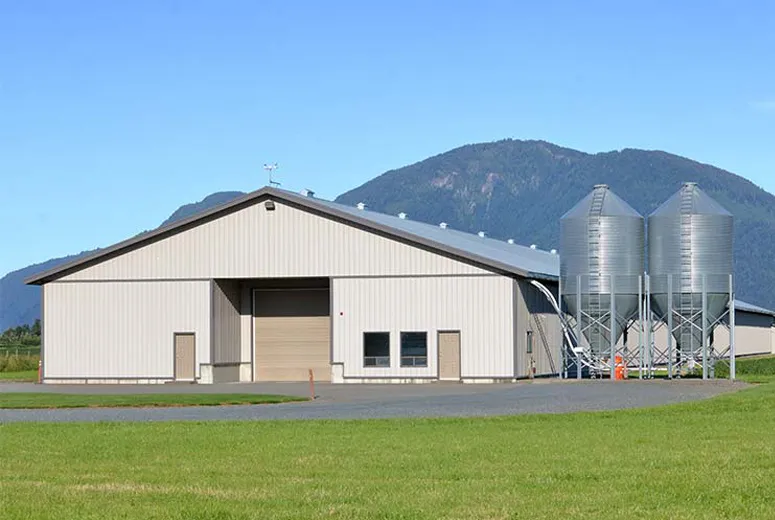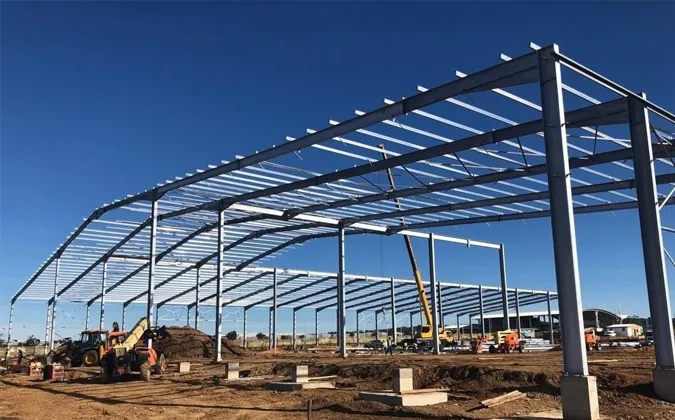- Afrikaans
- Albanian
- Amharic
- Arabic
- Armenian
- Azerbaijani
- Basque
- Belarusian
- Bengali
- Bosnian
- Bulgarian
- Catalan
- Cebuano
- Corsican
- Croatian
- Czech
- Danish
- Dutch
- English
- Esperanto
- Estonian
- Finnish
- French
- Frisian
- Galician
- Georgian
- German
- Greek
- Gujarati
- Haitian Creole
- hausa
- hawaiian
- Hebrew
- Hindi
- Miao
- Hungarian
- Icelandic
- igbo
- Indonesian
- irish
- Italian
- Japanese
- Javanese
- Kannada
- kazakh
- Khmer
- Rwandese
- Korean
- Kurdish
- Kyrgyz
- Lao
- Latin
- Latvian
- Lithuanian
- Luxembourgish
- Macedonian
- Malgashi
- Malay
- Malayalam
- Maltese
- Maori
- Marathi
- Mongolian
- Myanmar
- Nepali
- Norwegian
- Norwegian
- Occitan
- Pashto
- Persian
- Polish
- Portuguese
- Punjabi
- Romanian
- Russian
- Samoan
- Scottish Gaelic
- Serbian
- Sesotho
- Shona
- Sindhi
- Sinhala
- Slovak
- Slovenian
- Somali
- Spanish
- Sundanese
- Swahili
- Swedish
- Tagalog
- Tajik
- Tamil
- Tatar
- Telugu
- Thai
- Turkish
- Turkmen
- Ukrainian
- Urdu
- Uighur
- Uzbek
- Vietnamese
- Welsh
- Bantu
- Yiddish
- Yoruba
- Zulu
Nov . 06, 2025 20:07 Back to list
Prefab insulated metal buildings have revolutionized warehouse construction, combining the speed of prefabrication with the energy efficiency of insulation—making them the top choice for logistics, manufacturing, and storage enterprises. Hebei HongJi Shunda Steel Structure Engineering Co., Ltd., founded in 2000 with a 52,000-square-meter facility and a registered capital of USD$2.5 million, empowers wholesalers to supply high-performance warehouse solutions, including prefab insulated metal buildings, versatile prefab metal building variants, and durable prefab steel frame buildings. Specializing in the design, manufacture, and installation of steel structure projects (such as steel structure warehouses, storage sheds, and workshops), the company leverages a professional design team, excellent production-construction team, and cost-effective raw material management to deliver integrated services from design to installation. Whether for temperature-controlled storage facilities (relying on prefab insulated metal buildings) or large-scale general warehouses (using prefab steel frame buildings), HongJi Shunda’s structures meet strict standards for durability, energy efficiency, and space utilization. For wholesalers catering to logistics firms, manufacturing enterprises, or cold-chain businesses, partnering with HongJi Shunda means accessing products that don’t just store goods—they optimize storage costs, protect inventory, and adapt to changing business scales.
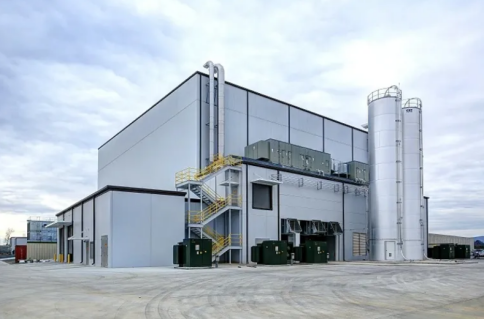
Energy Efficiency The Core Advantage of Prefab Insulated Metal Buildings
- Integrated Insulation for Temperature Control: Prefab insulated metal buildings stand out for their built-in insulation systems, which HongJi Shunda tailors to warehouse needs. These buildings use sandwich panels (with polyurethane or rock wool insulation cores) for walls and roofs, creating a thermal barrier that reduces heat transfer—critical for warehouses storing temperature-sensitive goods (e.g., food, pharmaceuticals, electronics). Unlike traditional uninsulated warehouses that require expensive auxiliary heating/cooling, prefab insulated metal buildings cut energy consumption by 30–50%, lowering monthly utility bills. For example, a 5,000-square-meter cold-chain warehouse using HongJi Shunda’s prefab insulated metal buildings can maintain a consistent 2–8°C environment with minimal energy input, protecting perishable inventory while reducing operational costs. Wholesalers can highlight this energy efficiency to clients, as it directly translates to long-term savings and environmental compliance.
- Thermal Stability for Inventory Protection: Prefab insulated metal buildings also ensure thermal stability, preventing temperature fluctuations that damage goods. The insulation core in HongJi Shunda’s panels resists moisture absorption and thermal bridging, keeping indoor temperatures steady even in extreme outdoor weather (e.g., hot summers, freezing winters). A prefab insulated metal building used for electronic component storage will not experience condensation (which causes rust or short circuits), unlike uninsulated warehouses. Wholesalers can emphasize this thermal stability to clients, as it addresses a key pain point in inventory protection.
Key Advantages of HongJi Shunda’s Prefab Metal Buildings for Warehouses
|
Advantage |
Details for Prefab Insulated/Metal/Steel Frame Buildings |
Ideal Warehouse Applications |
HongJi Shunda’s Strength |
Wholesaler Value (Market Fit) |
|
Rapid Construction Speed |
Prefab metal building components are prefabricated in-factory; 5000㎡ warehouse built in 4–6 weeks (vs. 3–6 months for traditional buildings) |
Emergency storage needs, fast-scaling logistics firms |
Precise component processing; efficient on-site assembly team |
Caters to clients needing quick warehouse deployment |
|
High Structural Durability |
Prefab steel frame buildings use high-strength steel frames; resist wind (12-grade), earthquake (8-degree), and corrosion (hot-dip galvanization); service life ≥ 50 years |
Heavy-goods storage, coastal-area warehouses, outdoor storage yards |
High-quality steel raw materials; strict anti-corrosion treatment |
Fits clients needing long-lasting, low-maintenance structures |
|
Flexible Space Utilization |
Prefab insulated metal buildings offer span up to 35m without columns; easy to add extensions or mezzanines |
Large-scale logistics warehouses, multi-level storage facilities |
Custom design team; modular steel component system |
Appeals to clients with growing storage needs |
|
Cost-Effectiveness |
Lower labor costs (prefab assembly); 30% lower energy bills (insulation); recyclable steel |
Medium-sized manufacturing warehouses, general storage facilities |
Cost-effective raw material purchase; integrated design-installation service |
Helps wholesalers serve budget-conscious clients |
Application Advantages of Prefab Steel Frame Buildings and Prefab Metal Building
- Versatility of Prefab Steel Frame Buildings: Prefab steel frame buildings from HongJi Shunda are ideal for heavy-duty warehouse applications, such as storing machinery, pallets, or bulk goods. Their high load-bearing steel frames can support overhead cranes, mezzanine floors, and racking systems—maximizing vertical space utilization. A prefab steel frame building used as a manufacturing warehouse can integrate production and storage areas in one structure, streamlining workflow and reducing logistics costs. Wholesalers can market this versatility to clients, as prefab steel frame buildings adapt to diverse warehouse functions.
- Practicality of Prefab Metal Building for Small-to-Medium Warehouses: Prefab metal building variants (including non-insulated options for general storage) are perfect for small-to-medium warehouses, such as regional distribution centers or retail inventory storage. HongJi Shunda’s prefab metal building kits include pre-cut steel components, fasteners, and installation guides, allowing quick assembly with minimal on-site labor. A 1,000-square-meter prefab metal building warehouse can be operational in 2–3 weeks, helping small businesses expand storage capacity without long delays. Wholesalers can highlight this practicality to clients, as prefab metal building balances speed, cost, and functionality for smaller-scale needs.
Usage Tips to Maximize Benefits of Prefab Insulated Metal Buildings
- Custom Insulation Based on Storage Needs: HongJi Shunda advises wholesalers to work with clients to select insulation types for prefab insulated metal buildings based on stored goods. For cold-chain warehouses, polyurethane insulation (with high thermal resistance) is ideal; for general storage, rock wool insulation (cost-effective and fire-resistant) works best. The company’s design team can also add vapor barriers or heat-reflective coatings to enhance insulation performance—critical for warehouses in humid or hot climates. A wholesaler who facilitates this customization will help clients get a prefab insulated metal building that optimizes energy efficiency and inventory protection.
- Optimizing Space with Modular Add-Ons: To maximize storage capacity, pair prefab insulated metal buildings or prefab steel frame buildings with modular add-ons like mezzanines, racking systems, or loading docks. HongJi Shunda’s steel structures are designed to accommodate these add-ons without structural modifications—allowing clients to scale space as needed. A logistics warehouse using a prefab insulated metal building with a mezzanine can double storage area without expanding the building’s footprint. Wholesalers can emphasize this space optimization to clients, as it helps them make the most of their warehouse investment.
Prefab Insulated Metal Buildings FAQS
What Customization Options Are Available for Prefab Insulated Metal Buildings?
HongJi Shunda offers comprehensive customization for prefab insulated metal buildings, including: 1) Insulation type (polyurethane, rock wool) and thickness (50mm–200mm); 2) Size (span 5m–35m, length customizable); 3) Functional add-ons (loading docks, overhead doors, windows, ventilation systems); 4) Temperature control features (vapor barriers, heat-reflective coatings). The design team also adapts to client-specific needs—e.g., fire-resistant insulation for chemical storage, anti-corrosion frames for coastal warehouses. Wholesalers can work with clients to submit customization requests, ensuring the warehouse meets unique storage requirements.
How Does Prefab Metal Building Compare to Traditional Brick-and-Concrete Warehouses?
Prefab metal building outperforms traditional brick-and-concrete warehouses in three key ways: 1) Speed: Built 4–6 times faster (weeks vs. months); 2) Cost: 20–30% lower construction and energy costs; 3) Flexibility: Easy to expand or relocate (unlike fixed concrete structures). HongJi Shunda’s prefab metal building also uses high-strength steel, ensuring durability comparable to concrete—with the added benefit of being recyclable. Wholesalers can highlight these advantages to clients seeking efficient, cost-effective warehouse solutions.
Are Prefab Steel Frame Buildings Suitable for Cold-Chain Warehouses?
Yes—when paired with insulation, prefab steel frame buildings are excellent for cold-chain warehouses. HongJi Shunda integrates insulation panels into prefab steel frame buildings to create prefab insulated metal buildings that maintain consistent low temperatures. The steel frames’ high structural stability prevents warping from temperature fluctuations, and the company adds anti-condensation measures (e.g., vapor barriers) to protect the frame from moisture damage. A cold-chain warehouse using prefab steel frame buildings will be durable, energy-efficient, and capable of supporting heavy cold-storage equipment. Wholesalers can market this to clients in the food, pharmaceutical, or biotech industries.
What Is the Service Life of Prefab Insulated Metal Buildings, and How to Maintain Them?
With proper maintenance, HongJi Shunda’s prefab insulated metal buildings have a service life of 50+ years. Maintenance includes: 1) Annual inspection of insulation panels (checking for gaps or damage); 2) Reapplying anti-corrosion paint to steel frames every 5–8 years (especially in coastal areas); 3) Cleaning gutters and roofing to prevent water accumulation (which damages insulation). The company provides a detailed maintenance guide with each project, and its after-sales team offers on-request repairs. Wholesalers can share this longevity and low maintenance advantage with clients, as it reduces long-term ownership costs.
Does HongJi Shunda Provide After-Sales Support for Prefab Insulated Metal Buildings?
Absolutely—HongJi Shunda offers comprehensive after-sales support for prefab insulated metal buildings, prefab metal building, and prefab steel frame buildings, including: 1) 1-year free on-site maintenance for installation or insulation issues; 2) Lifetime technical consultation (for expansions, modifications, or maintenance); 3) Supply of replacement parts (insulation panels, steel components, fasteners) at factory-direct prices. The company’s construction team also handles post-construction modifications, such as adding insulation to existing prefab metal building warehouses or expanding prefab steel frame buildings. To explore Hebei HongJi Shunda Steel Structure Engineering Co., Ltd.’s prefab insulated metal buildings, prefab metal building, prefab steel frame buildings, and other warehouse solutions—plus bulk ordering, customization, and after-sales support—visit our company webpage today.
-
Bolted Connections in Steel Frame Warehouse
NewsNov.17,2025
-
Hay Storage in Farm Metal Buildings
NewsNov.17,2025
-
Advantages of a Steel Portal Frame Shed
NewsNov.17,2025
-
The Erection Process of a Steel Building Hangar
NewsNov.17,2025
-
Energy Efficiency of Steel Dome Garage Kits
NewsNov.17,2025
-
Fire Resistance of Kit Metal Garages
NewsNov.17,2025
Products categories
Our Latest News
We have a professional design team and an excellent production and construction team.








